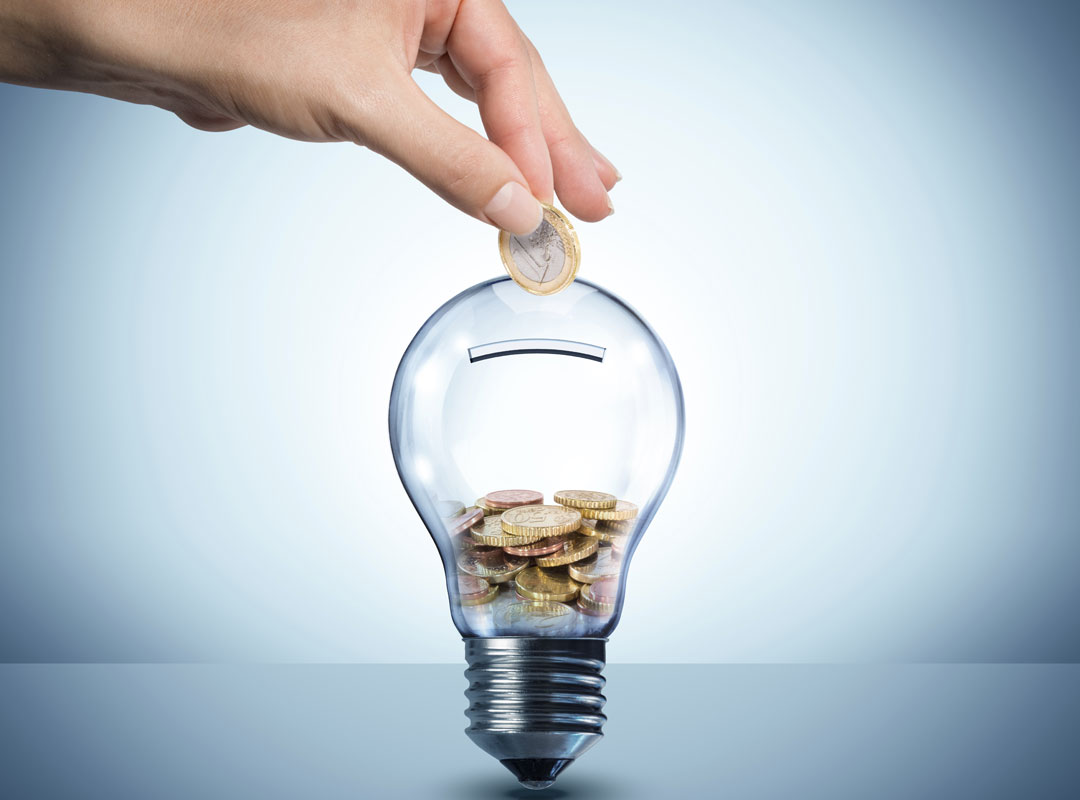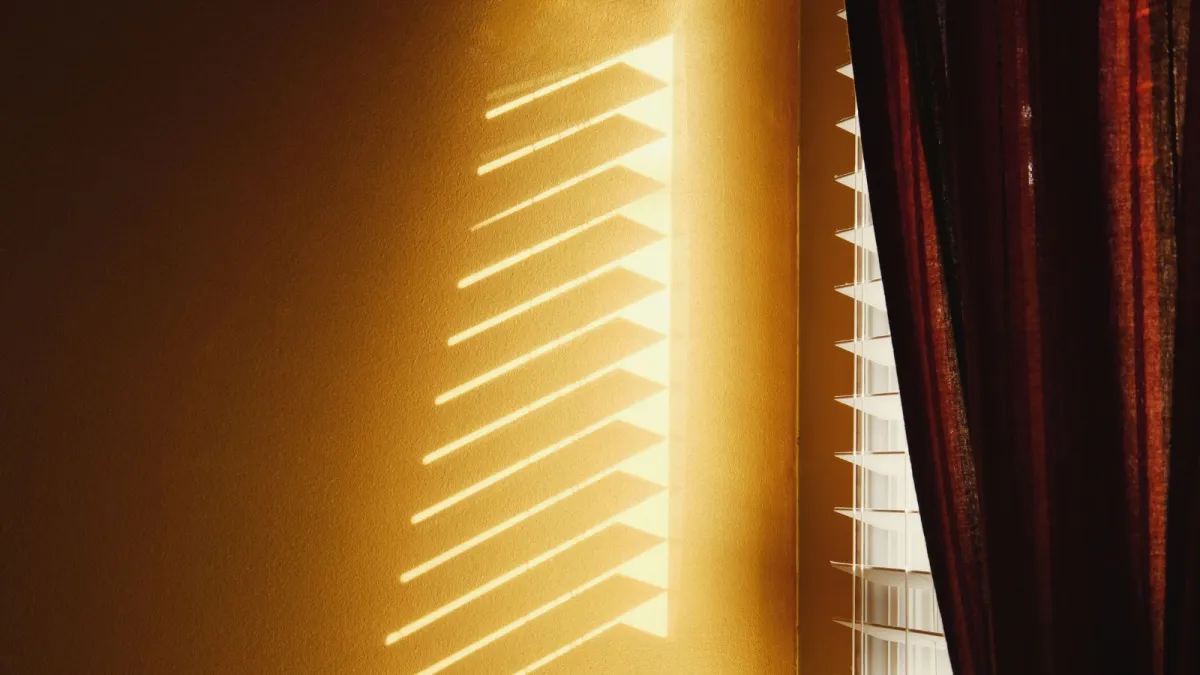This article is your complete guide to knowing how to save energy when working from home. You can do simple things like turning off the lights at home while you’re working or making sure you have efficient appliances. There are many things you can do to make sure that you’re saving energy when working from home, so keep reading.
Here at The Energy Professor, we want to give you the information you need to not only save money on your energy bill but to also become more energy efficient. We hope find this post helpful! And makes it easier for you to know more about ways to save energy at home. Be sure to also check out our one-of-a-kind energy savings calculator!
The Energy Professor Electricity Rate Check Tool
7 Ways to Save Electricity at Home
There are many ways to save energy at home. From full appliance replacements to simple tasks, you can take every day. If you’re looking for ways to reduce energy consumption at home in a specific season, we have ways to save energy at home articles for saving in the summer or winter.
7 ways to increase work-from-home efficiency
- Unplug your device once it’s fully charged
- Open/Close your curtains
- Use energy-efficient devices and LED light bulbs
- Turn off your lights
- Use a power strip for all of your devices
- Unplug your devices when not in use
- Keep up on your HVAC system maintenance
Related Post: Best Home Electricity Saving Devices
Top 7 Ways To Save Energy When Working From Home
#1: Unplug Your Device Once it’s Fully Charged

Cost: $0
Estimated Savings: $100 – $200 annual savings
Why This Works: This is one of the easiest and quickest ways to save electricity in your home. According to the Department of Energy, unplugging a device once it’s fully charged can reduce your energy bill by up to $200 annually! Once a device that is plugged in to charge reaches its full charge, it will enter something called standby mode. This is when a device is powered on and plugged in but it significantly reduces its energy pull but doesn’t eliminate it. So while your device may be fully charged, it is still connected to a power source and is drawing in power. In the energy business, we call these devices Vampire Appliances. While it is helpful to unplug the device, make sure to also unplug the charger from the wall!
Related Post: What are Vampire Devices?
#2: Open/Close Your Curtains
Cost: $0
Estimated Savings: 10% – 25%
Why This Works: By far the easiest way to save electricity at home is to open or close your curtains. Which one you do will depend on the season you’re currently in. If you’re in the summer, you’ll want to keep your curtains shut. And in the winter, keeping your windows open is an easy way to save energy at home. Having your curtains drawn in the summer can have an estimated 10% of energy loss savings. This means the energy will be better kept inside than escaping through windows! You’ll also reduce the amount of thermal energy coming in from the sun! If you don’t have curtains, there are inexpensive options to install them, but blinds work as well! You won’t see as large of a savings, but savings can still occur!
Related Post: 7 Tips on How to Save Electricity in the Summer
#3: Use Energy Efficient Devices and LED Light Bulbs
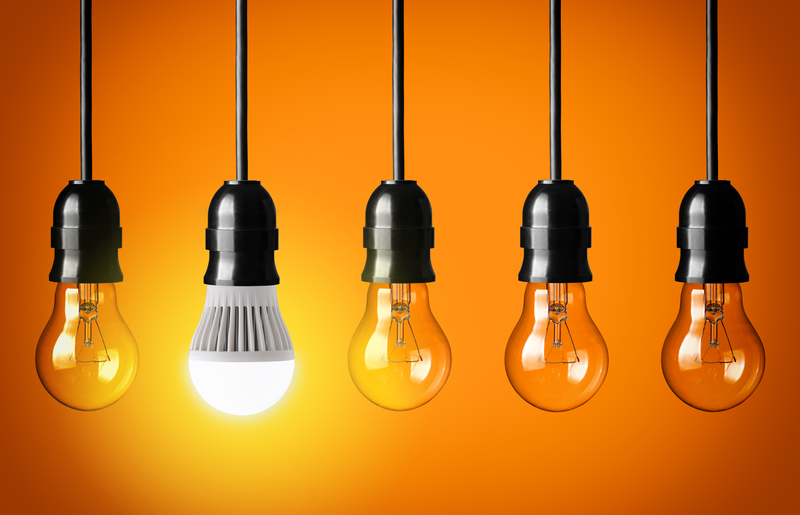
Cost: $100 – $200 for the entire home
Estimated Savings: $225 per year
Why This Works: Even though the cost-to-savings ratio is quite similar, this is only for the first year of use. After you’ve transitioned the whole house to LED bulbs, you can start your savings journey for years to come. In comparison to the average of 1,000 hours of use for a normal incandescent bulb, its LED counterpart can last up to 50,000 – 100,000 hours! Knowing how can you save energy at home by using LED bulbs is a crucial part of reducing your carbon footprint and knowing how to save energy at home. It’s estimated that over 20 years, LED bulbs can garnish you a savings of around $4,000!
Related Post: How to Choose the Best LED Bulbs for your home
#4: Turn Off Your Lights
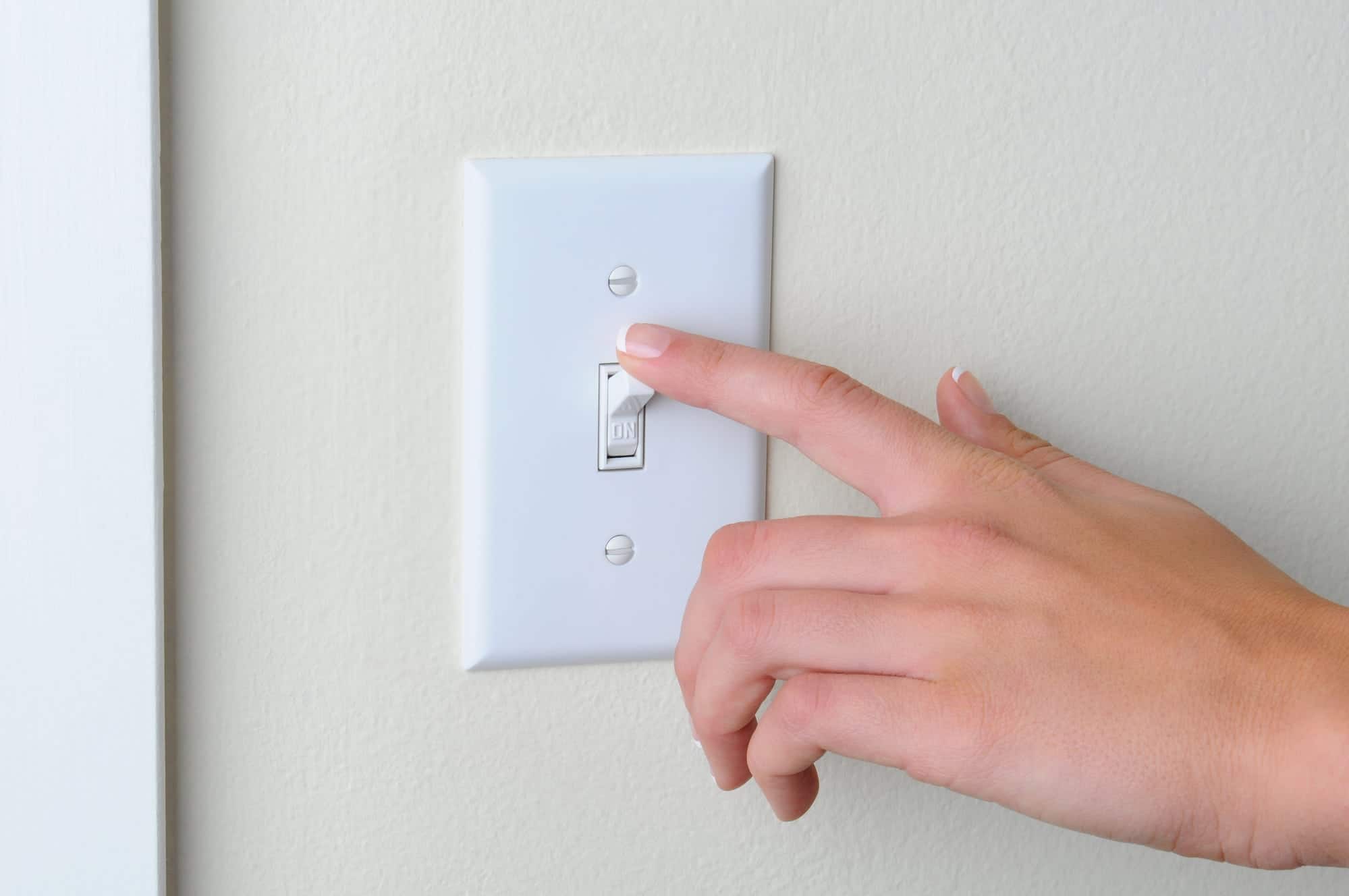
Cost: $0
Estimated Savings: $6 annually
Why This Works: While this isn’t the most lucrative method, it is one of the top easy ways to save energy at home. This topic is generally one of great debate. Does it or does it not save money to turn your lights off? And while it may not save enough to validate a full-blown argument over it, it does save money. On average, turning off your lights when you’re not in the room saves about 1.2 cents per hour they’re off. Something that helps me with this tip when working from home is I try to not turn any lights on in the house while I’m working! If your office doesn’t have great natural light and a lamp or light is necessary, make sure the light you’re using is an LED bulb.
Related Post: Are Electric Prices Going Up?
#5: Use a Power Strip for all of Your Devices
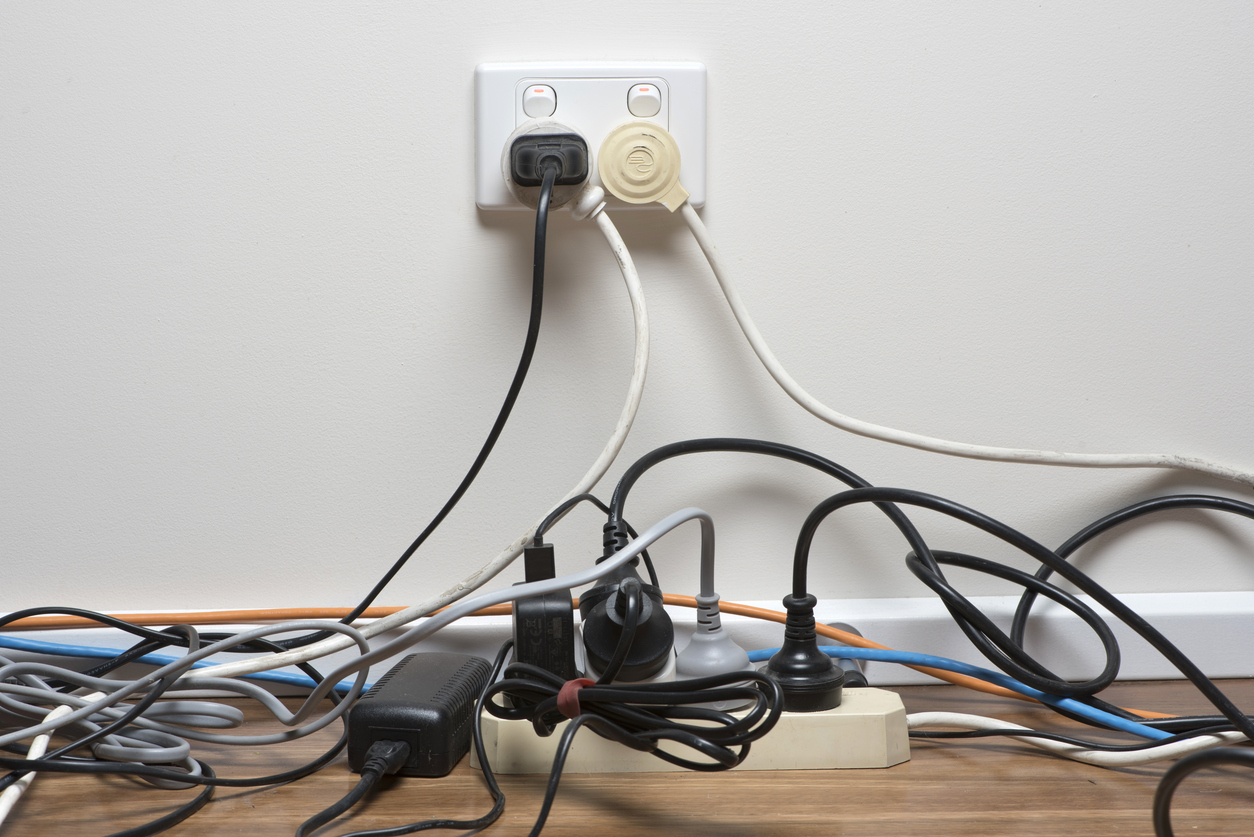
Cost: $10 – $2,000
Estimated Savings: $20 – $40 annually
Why This Works: There are multiple ways to reduce power consumption with a power strip. The easiest and least time-consuming way is to just let it do its job. Power strips, especially smart power strips, are designed to recognize when a device is in standby mode and to cut the power supply to this device significantly. This is helpful for devices like TVs, video game consoles, and computers. But it’s even more energy-efficient to turn these devices off completely. This is where power strips shine! Having everything at your desk plugged into one power strip makes it easy to turn everything off at once. Rather than having to turn off your appliances individually, you can simply switch the power strip off.
Related Post: How Many Watts Does a Video Game Console Use?
#6: Unplug Your Devices When Not in Use
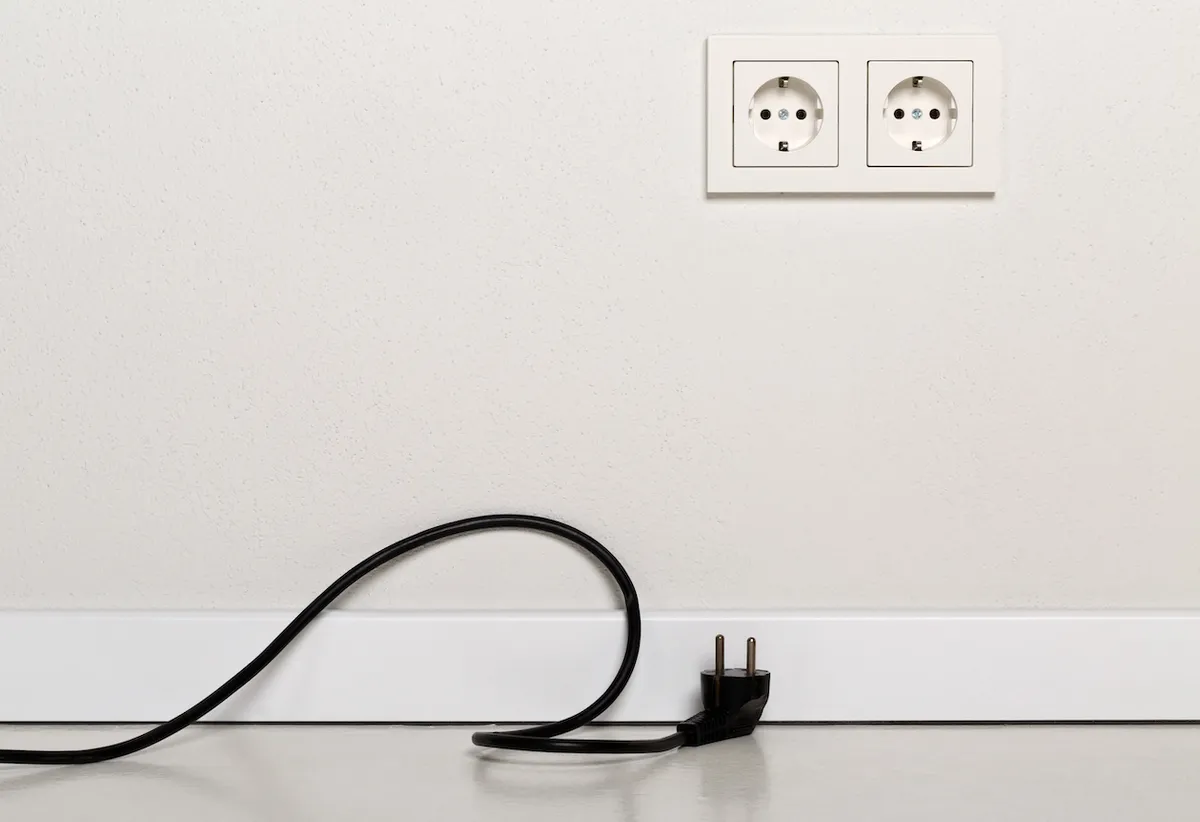
Cost: $0
Estimated Savings: $100 – $200 annually
Why This Works: Similar to unplugging your devices once they’re fully charged, this method of how to conserve electricity in your home is simple and effective. The biggest culprit here is those pesky vampire appliances. Anything that is plugged into your wall and on “standby” mode will continue to draw power from the grid. Think of a remote-ready appliance. If you have your computer on sleep mode, a TV in your office, even a sound system. These appliances all typically wait for some type of signal to turn on and your convenience. But this means that it’s costing you money to be able to use it at a moment’s notice. Unplugging these completely at the end of your workday will save you in the long run!
Related Post: Vampire Devices: 101
#7: Keep up on your HVAC System Maintenance
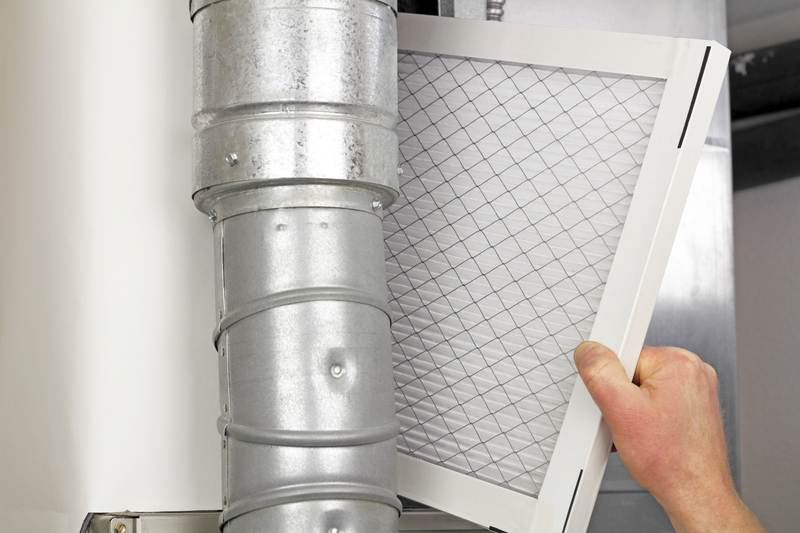
Cost: $75 – $200
Estimated Savings: 35% annually
Why This Works: Your HVAC (heating, ventilation, & air conditioning) is a large system that runs throughout the entirety of your house. If this isn’t working properly, you could be spending much more than necessary on your energy bill. The biggest thing to keep up with is your air filters. Think of it like a water filter, if there is build-up blocking the filter, nothing can pass through. This is the same for air filters! If you have dust and dander clogging your filter, your unit will work 10 times harder to try and push the air through the filter and into your home. In turn, use more energy to heat or cool your home office.
Related Post: How Much Does it Cost to Run an Air Conditioner?
Save Energy When Working From Home FAQ

Q: How can I save energy in my Home Office?
A: You can save energy at home with these 7 helpful tips! Unplug your device once it’s fully charged, 0pen/Close your curtains, use energy efficient devices and LED light bulbs, turn off your lights, use a power strip for all of your devices, unplug your devices when not in use, & keep up on your HVAC system maintenance.
Q: How often should you do Maintenance on HVAC?
A: For your HVAC system to operate at its full capacity, you should have it serviced at least once a year. The best scenario is to have the heating system checked in the Fall and the air conditioning checked in the Spring. This is when systems accumulate the most debris that needs to be cleaned and filtered out.
Q: How much does an LED light save per year?
A: The average LED light bulb that is used 5 hours per day will save $10-20 dollars per year in energy costs versus an incandescent bulb. LED lights are highly energy-efficient compared to other types of lighting products.
Q: How much money does it cost to leave a light on for 24 hours?
A: Let’s say you have a 60-watt incandescent lightbulb and you are paying 12 cents per kWh of energy. Leaving the bulb on the whole day will therefore cost you: 0.06 (60 watts / 1000) kilowatts x 24 hours x 12 cents = approximately 20 cents in one day.
Q: How much heat loss do curtains block?
A: Curtains reduce the amount of air exchange between a cold window and the rest of the room. For keeping heat inside the home, high-quality curtains can reduce heat loss by around 40%, particularly if they are floor length and close to the wall and window panes.
Do you Need Cheaper Electricity?
If you’ve taken the time to understand the information on your bill and discovered you’re paying more than you’d like for your electricity, have you looked around for a cheaper deal? The Energy Professor has a wealth of information on ways to save on your utilities, including details of top deals that could significantly reduce your monthly or quarterly electricity bills.
We hope you found this article helpful! If you are looking for ways to increase energy efficiency and sustainability in your home be sure to take a look at all of the latest renewable energy options in your area. The Energy Professor helps residential and small business owners find qualified energy suppliers in New York, New Jersey, Pennsylvania, Texas, Ohio, Maryland, Illinois, and Massachusetts.

